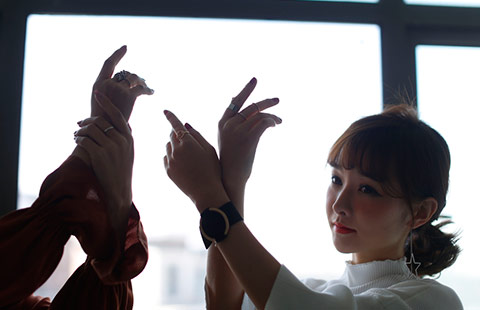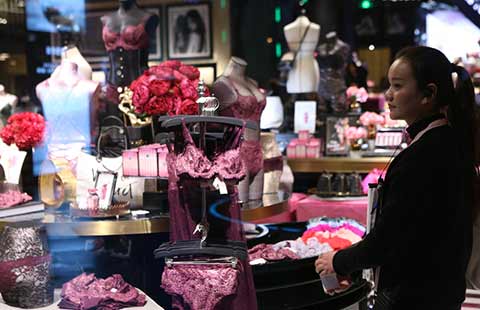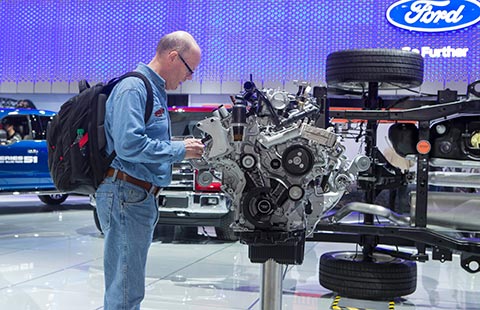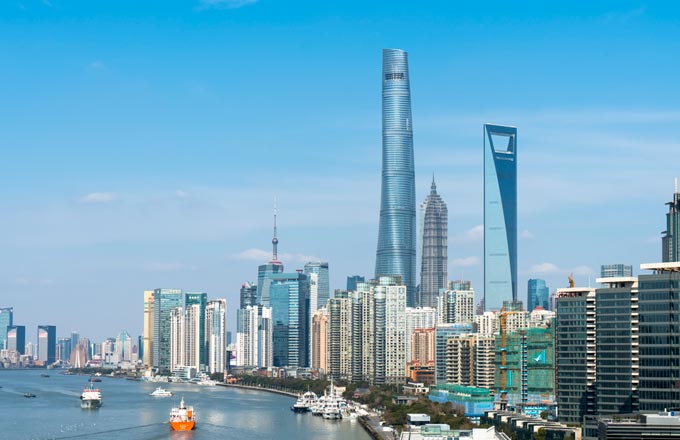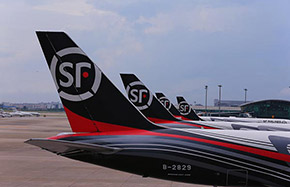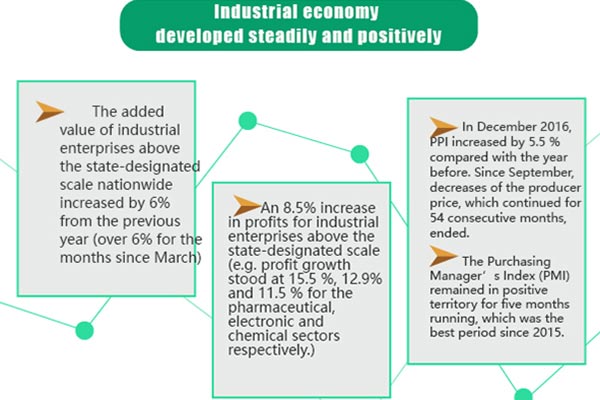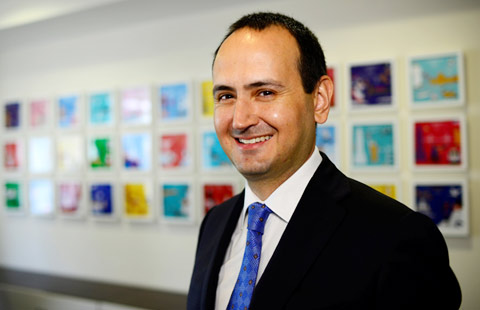L'Oreal targets middle class
Since L'Oreal first introduced its Lancome brand to China in 1993, its growth rate has been 1.3 times that of the segment's average.
"Our brands have flourished and we have consistently outperformed the market growth for the past 10 years," said Hieronimus.
Both Agon and Hieronimus said that the company's confidence in China comes from the huge potential from China's rising middle class, especially those under 30, as well as lower-tier cities.
Statistics show that China has 13 cities with a population of more than 10 million, 88 cities with more than 5 million inhabitants, and 335 cities with more than 1 million people.
The middle class, with an annual household income of more than $11,730, will grow from 141 million in 2010 to 400 million in 2020.
According to US consulting firm Bain & Company, China's luxury market doubled in size from to 2008 to 14 billion euros ($18.4 billion) in 2012, ranking fifth in the world. However, the country has the most luxury consumers.
Moreover, fashion magazine Elle found in a global survey conducted in January that Asian women spend more on cosmetics than those in any other regions, especially those aged between 25 and 34.
L'Oreal reported 12.4 percent year-on-year growth in 2012, with revenue of 12.05 billion yuan ($1.94 billion) in China. It was the 12th consecutive year the company gained double-digit annual growth in the world's third-largest cosmetics market.
L'Oreal's US competitor, Estee Lauder, also plans to grab more profit from China's luxury beauty market through its new brand, Osiao, which is tailored for Asian skin types.




